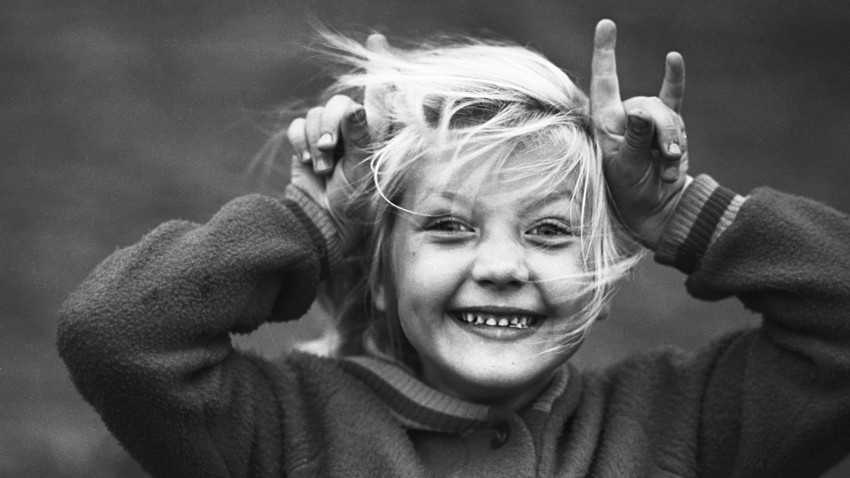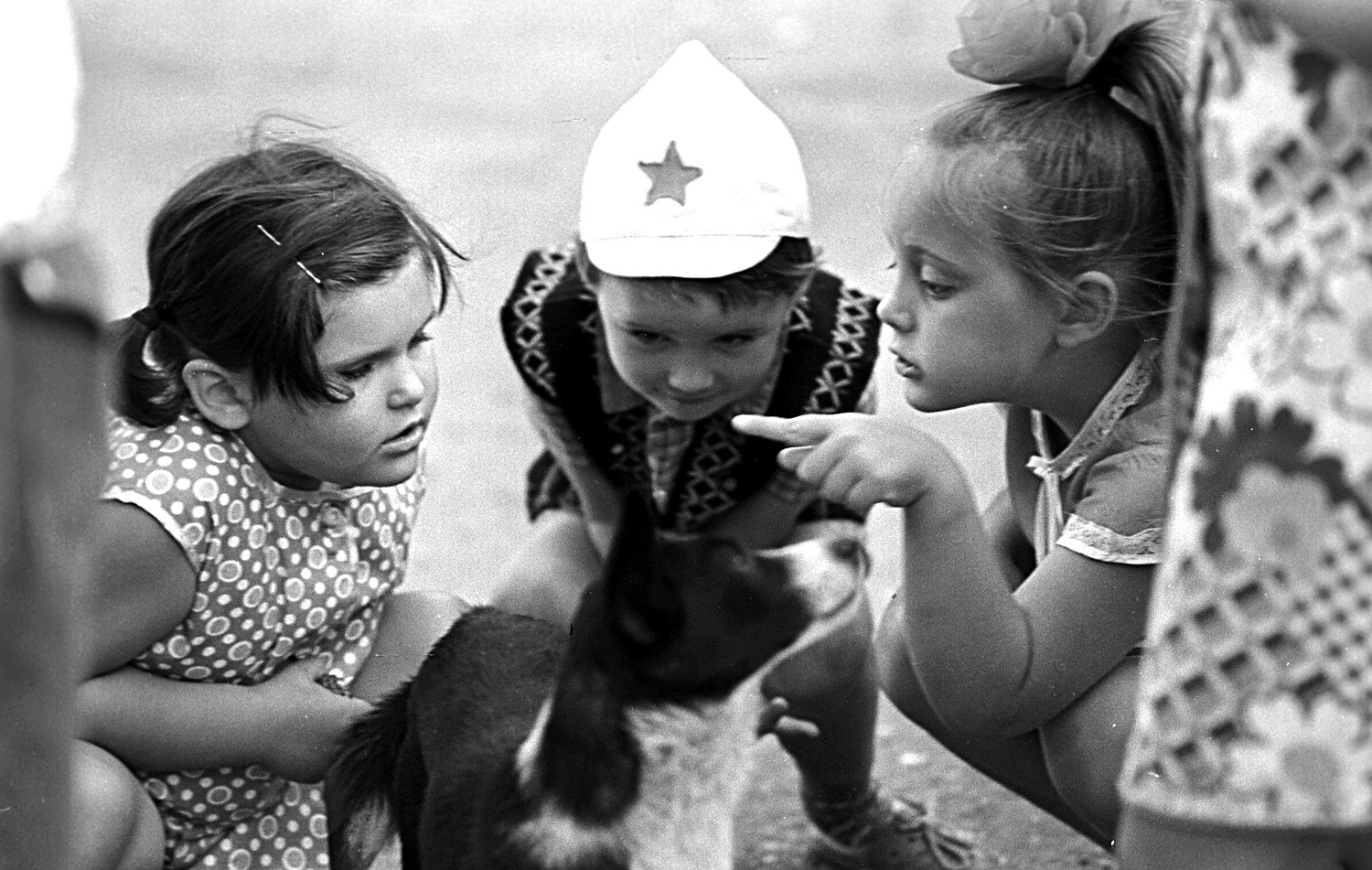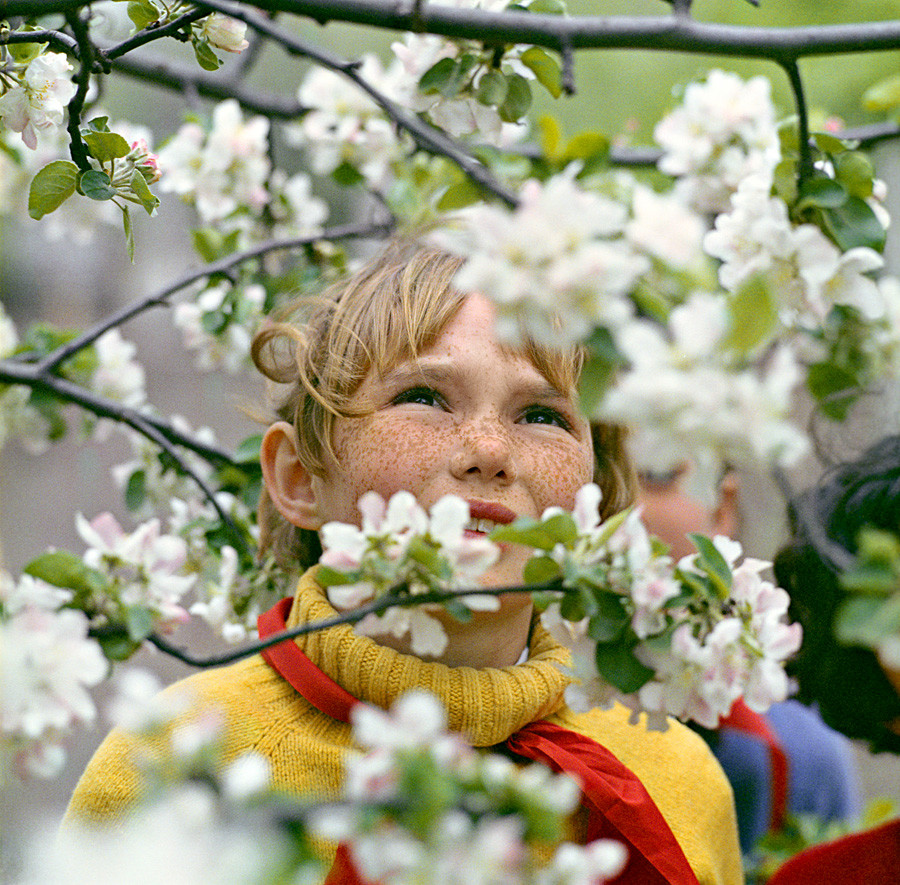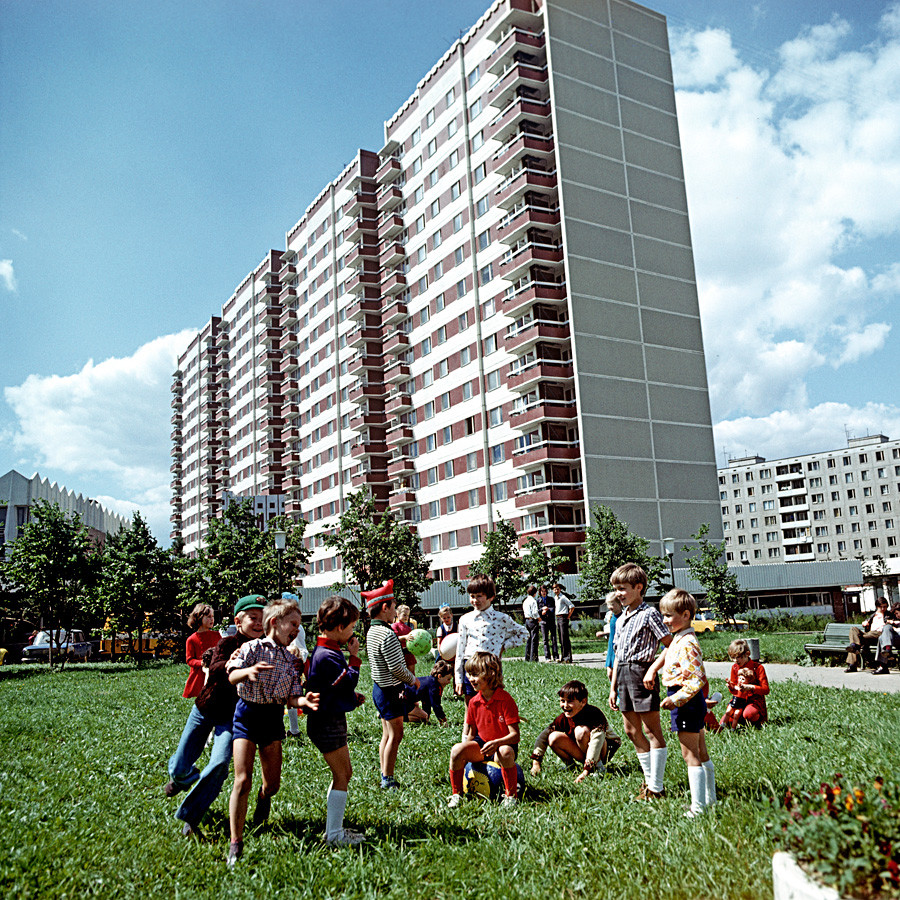Think your childhood was fun? Check out how Soviet kids ran wild in the playground

Kunashir Island, January 1991.
V. Titov/TASSSmall cozy yards wedged between city blocks were the entire universe for most urban children in Soviet times and in Russia during the 1990s. In such spaces, long before the appearance of social media and the virtual realm, children made friends, played, fought and hung out from dawn till dusk, or until mom called them home. While there was no central ‘Ministry of Yard Culture,’ somehow kids from Kaliningrad to Vladivostok played nearly identical games, and despite the
Outdoor games

Kids after classes at Gogol Boulevard, Moscow. April 1988.
Igor Utkin, Alexander Yakovlev/TASSGames usually were specific to gender, but sometimes they were for mixed company. In general, they were inspired by various abilities and contests. Hopscotch honed jumping skills, while ‘Cossacks and Bandits’ taught kids to hide, seek and run.
One of the most popular games among girls was French skipping (
Another favorite game was ‘Bouncers.’ Two players stood on opposite sides of the playground and threw a ball, trying to hit the others who moved about trying to avoid being hit. If the ball hit you, then you left the playground. The last remaining player had to avoid the ball as many times as he was old, plus one. If not successful, then he switched places with the person who hit him.
Boys often played
Bizarre nursery rhymes

Children playing with a dog, Crimea.
Viktor Chernov/SputnikWhen children needed to choose a role, they counted: “Eniki-
Here’s a simpler rhyme for choosing players: “On the Golden porch there sat: Tsar, tsar’s son, king, king’s son, the shoemaker, the tailor. Who
The rhyme-game, “Swan,” is similar in many countries, but differs in Russia with a poem. Children stand in a circle holding hands, and every one speaks one word from the following: “A swan flew on the blue sky reading the newspaper number five” (or any number). The children tap each other, and the last kid tries not to be tapped.
Chewing flowers

What did Russian children do when they wanted to chew something? No, not gum – that came to Russia only in the last years of the Soviet Union. Instead, we had flowers, and some tasted unbelievably delicious.
The taste of lungwort (Pulmonaria Obscura) was sweet and reminded one of jam. Five-petaled lilacs were believed to have magical
In winter, children played with snow and icicles, but also made incredible things. “In my
“We collected shadberry and pretended to be princesses with my best friend,” said Tamara Grigorieva, a teacher from Moscow. “Spending time with friends in the yard was far better than today’s gadgets. Real live play and communication always
Didn’t want to go home

Children playing outdoors.
Sergei Lidov/Sputnik“We played in the yard with the girl next door and my parents watched us from home because they could see us from the window,” recalls Moscow blogger Daria Sokolova. “My granny let my uncle play yard football; they lived on the 12th floor and she was too lazy to yell, so she hung a red flag to signal that it was time to go home.”
Everyone in the yard knew each other. Kids played and grownups dated, while seniors sat on benches and discussed the teens. “In childhood, everything seems to be magical, even your yard,” said Tamara. “Later, when we grew up, I realized that my ‘boyfriend’ in fact had strange ears, his jokes were stupid, and the magic somehow disappeared.”
Do you miss your childhood playground? Tell us about it in the comments section.
If using any of Russia Beyond's content, partly or in full, always provide an active hyperlink to the original material.
Subscribe
to our newsletter!
Get the week's best stories straight to your inbox